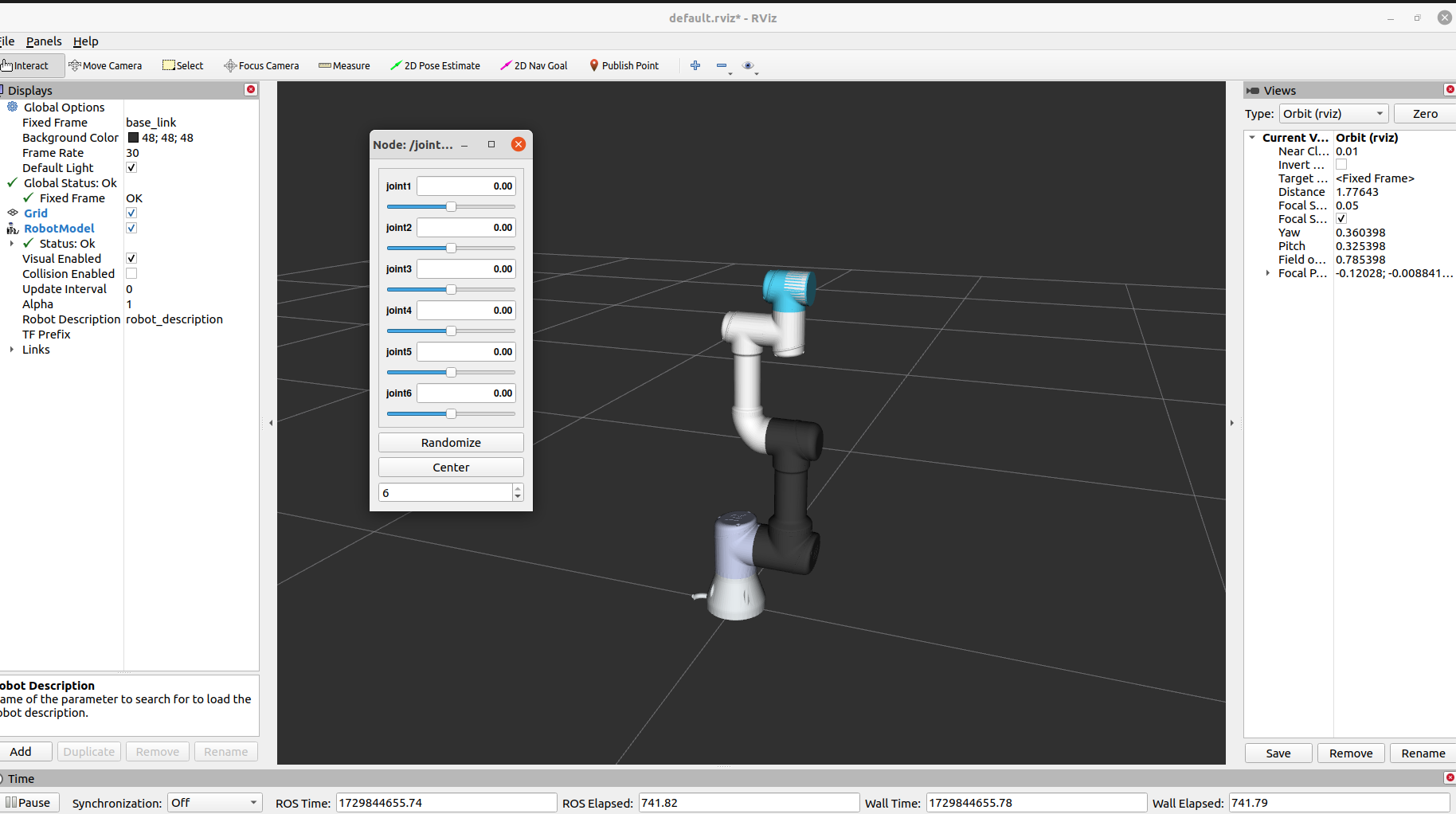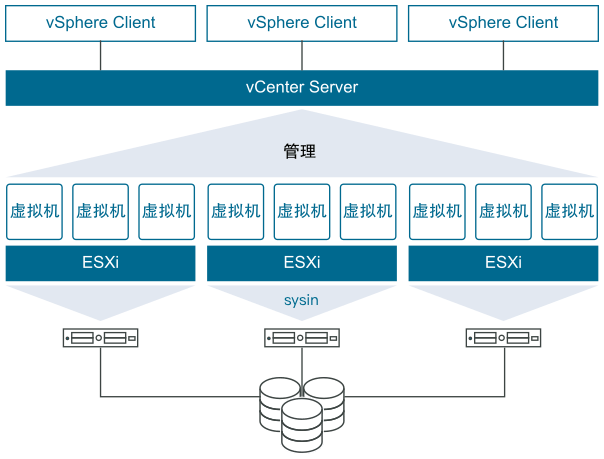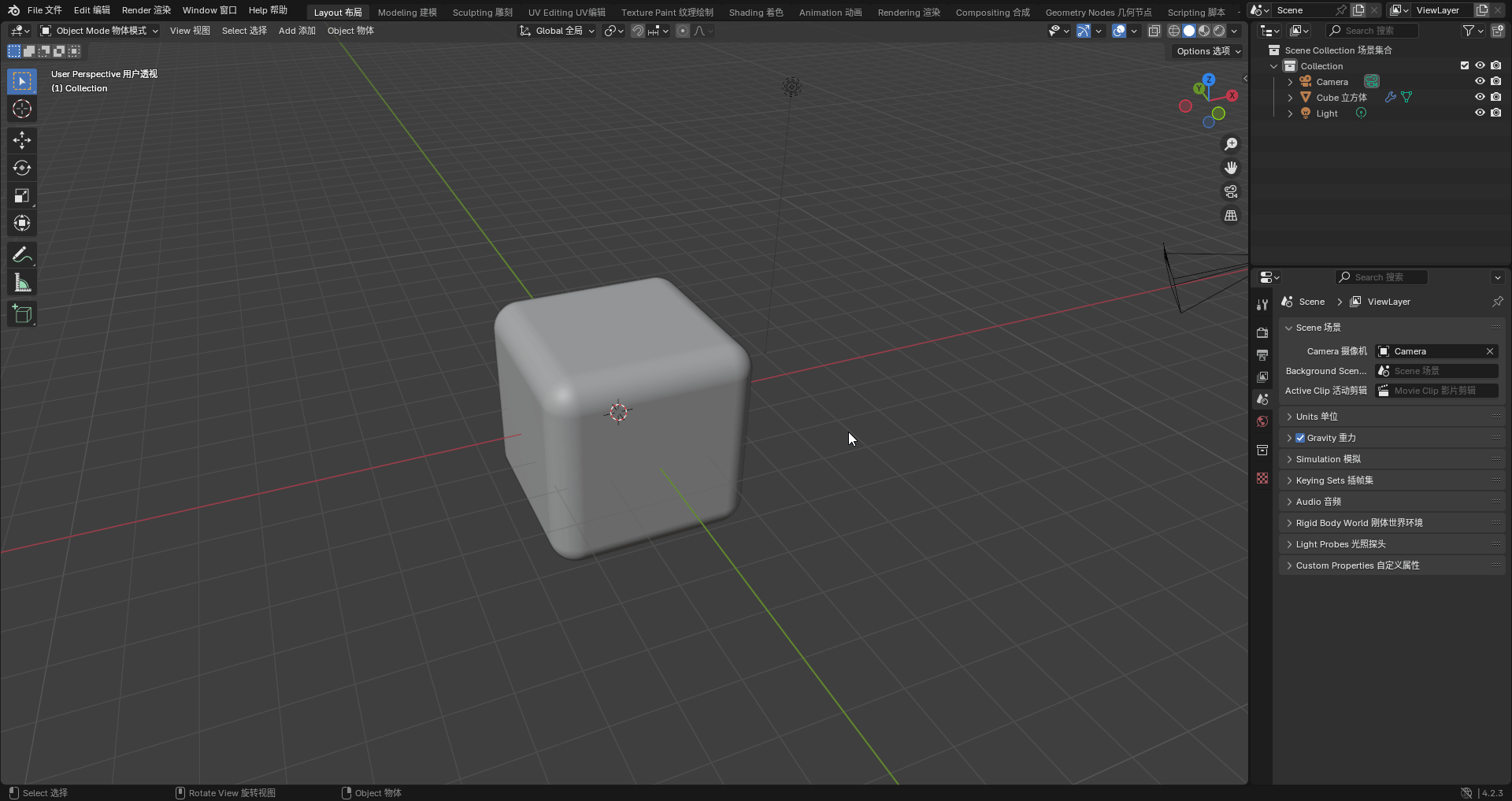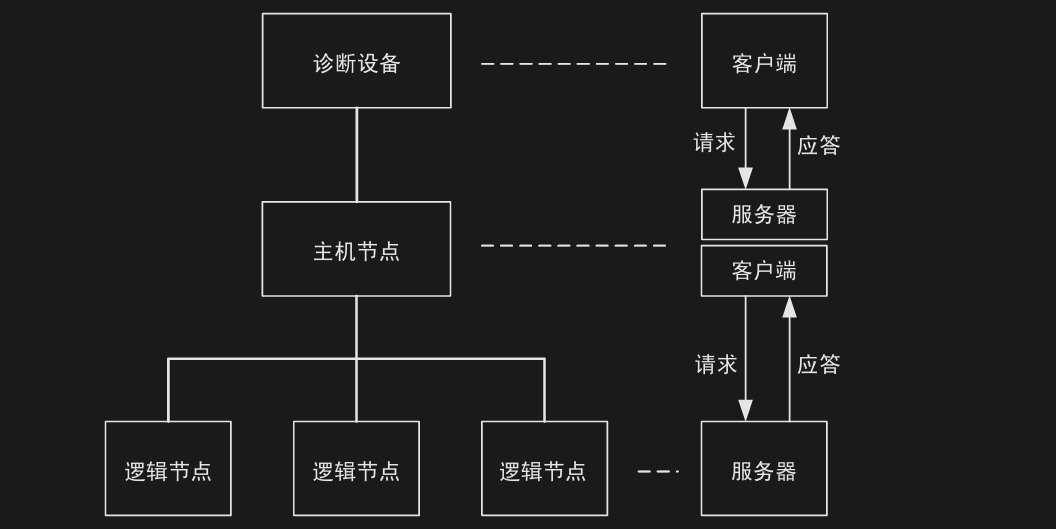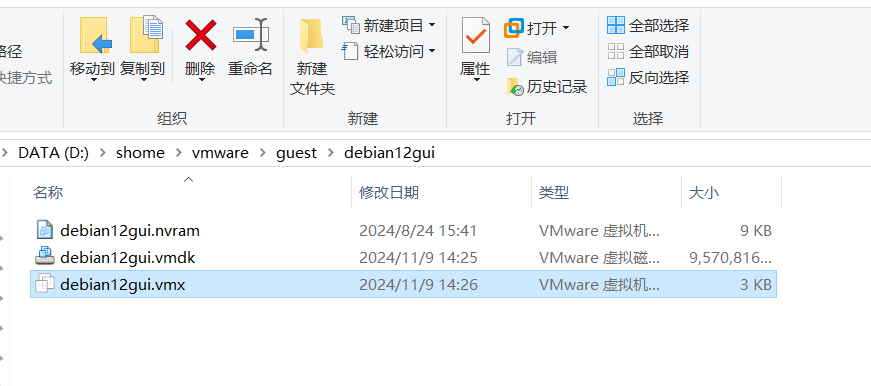线程池创建方式
一、方式一:通过ThreadPoolExecutor构造函数来创建(推荐)

方式二:通过 Executor 框架的工具类 Executors 来创建。
Executors工具类提供的创建线程池的方法如下图所示:

可以看出,通过Executors工具类可以创建多种类型的线程池,包括:
1. FixedThreadPool:固定线程数量的线程池。该线程池中的线程数量始终不变。当有一个新的任务提交时,线程池中若有空闲线程,则立即执行。若没有,则新的任务会被暂存在一个任务队列中,待有线程空闲时,便处理在任务队列中的任务。
2. SingleThreadExecutor
只有一个线程的线程池。若多余一个任务被提交到该线程池,任务会被保存在一个任务队列中,待线程空闲,按先入先出的顺序执行队列中的任务。
3. CachedThreadPool: 可根据实际情况调整线程数量的线程池。线程池的线程数量不确定,但若有空闲线程可以复用,则会优先使用可复用的线程。若所有线程均在工作,又有新的任务提交,则会创建新的线程处理任务。所有线程在当前任务执行完毕后,将返回线程池进行复用。
4. ScheduledThreadPool
给定的延迟后运行任务或者定期执行任务的线程池。
《阿里巴巴 Java 开发手册》强制线程池不允许使用 Executors 去创建,而是通过 ThreadPoolExecutor 构造函数的方式,这样的处理方式让开发同学更加明确线程池的运行规则,规避资源耗尽的风险。
Executors 返回线程池对象的弊端如下(后文会详细介绍到):
1. FixedThreadPool 和 SingleThreadExecutor
使用的是无界的 LinkedBlockingQueue,任务队列最大长度为 Integer.MAX_VALUE,可能堆积大量的请求,从而导致 OOM。
部分源码如下:
// 无界队列 LinkedBlockingQueue public static ExecutorService newFixedThreadPool(int nThreads) {return new ThreadPoolExecutor(nThreads, nThreads,0L, TimeUnit.MILLISECONDS,new LinkedBlockingQueue<Runnable>());}// 无界队列 LinkedBlockingQueue public static ExecutorService newSingleThreadExecutor() {return new FinalizableDelegatedExecutorService (new ThreadPoolExecutor(1, 1,0L, TimeUnit.MILLISECONDS,new LinkedBlockingQueue<Runnable>()));}
2. CachedThreadPool
使用的是同步队列SynchronousQueue, 允许创建的线程数量为 Integer.MAX_VALUE ,如果任务数量过多且执行速度较慢,可能会创建大量的线程,从而导致 OOM。
// 同步队列 SynchronousQueue,没有容量,最大线程数是 Integer.MAX_VALUE` public static ExecutorService newCachedThreadPool() {return new ThreadPoolExecutor(0, Integer.MAX_VALUE,60L, TimeUnit.SECONDS,new SynchronousQueue<Runnable>());}
3. ScheduledThreadPool 和 SingleThreadScheduledExecutor
使用的无界的延迟阻塞队列 DelayedWorkQueue,任务队列最大长度为 Integer.MAX_VALUE,可能堆积大量的请求,从而导致 OOM。
// DelayedWorkQueue(延迟阻塞队列) public static ScheduledExecutorService newScheduledThreadPool(int corePoolSize) {return new ScheduledThreadPoolExecutor(corePoolSize); } public ScheduledThreadPoolExecutor(int corePoolSize) {super(corePoolSize, Integer.MAX_VALUE, 0, NANOSECONDS,new DelayedWorkQueue()); }
参考链接:
https://javaguide.cn/java/concurrent/java-thread-pool-summary.html

